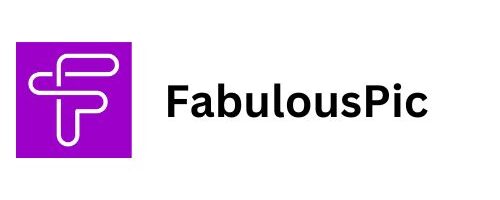Growing your business often means growing your marketing team—but doing so without breaking the bank can feel like walking a tightrope. How do you maintain a strong marketing presence while keeping costs manageable? How can you ensure that every new hire or contractor truly adds value? Scaling your marketing team is possible, even on a tight budget, if you plan strategically and leverage modern tools and approaches.
Assessing Your Current Needs
Before hiring or outsourcing, it’s critical to understand exactly what your marketing team needs. Start by reviewing current workloads and identifying gaps in skills. Are your campaigns suffering because you lack a social media expert, a content writer, or a data analyst? By pinpointing where you need support most, you can avoid hiring unnecessary staff and focus on strategic investments.
This step also includes analysing existing processes. Sometimes, inefficiencies can be fixed with automation or better project management tools rather than additional personnel. Tools like CRM platforms, email marketing automation, and analytics dashboards can streamline work, letting your team achieve more without increasing headcount.
Prioritising Key Roles
Not all roles are equally essential when scaling your team. Focus on positions that directly impact revenue or audience growth first. For instance, a skilled digital marketer may generate measurable leads, whereas a junior graphic designer, while helpful, may not immediately drive growth.
This approach ensures that every team member you bring on contributes to tangible results. By prioritising high-impact roles, you can grow your marketing capabilities without overextending your budget.
Leveraging Freelancers and Contractors
One of the most cost-effective ways to scale is by tapping into the freelance and contractor market. Freelancers allow you to access specialised skills for specific projects without committing to long-term salaries or benefits. You can hire freelance marketers to handle specific campaigns, content creation, or social media strategy, ensuring flexibility and cost efficiency.
The key is to work with pre-vetted marketing experts who have a proven track record. Platforms like GrowTal, Upwork, and Fiverr offer access to skilled professionals across a wide range of disciplines. By using vetted freelancers, you reduce the risk of hiring someone who doesn’t deliver results, ensuring your budget is spent wisely.
Implementing Marketing Automation
Marketing automation tools can dramatically increase the efficiency of your team. Email marketing platforms, social media scheduling software, and AI-driven content generators can handle repetitive tasks, freeing your staff to focus on high-value work.
For example, automating lead nurturing campaigns or social media posting can maintain audience engagement without requiring additional hires. This approach allows your team to “do more with less,” a crucial principle when budgets are tight.
Outsourcing Non-Core Functions
Not every marketing task needs to be handled in-house. Consider outsourcing non-core functions such as design, video production, or specialized SEO work. Agencies or freelancers can provide high-quality services for short-term projects, eliminating the cost of hiring full-time staff.
This hybrid model—combining a lean internal team with external specialists—ensures flexibility. You can scale up or down depending on project demands while keeping expenses predictable.
Training and Upskilling Existing Staff
Investing in your current team can be more cost-effective than hiring new employees. Training programs, workshops, and online courses can help existing staff acquire the skills needed to take on new responsibilities.
For instance, a content writer could learn basic SEO or social media management, reducing the need for additional hires. Upskilling not only strengthens your team but also increases employee satisfaction and retention, which reduces recruitment costs over time.
Tracking ROI and Adjusting as You Grow
Scaling efficiently requires constant monitoring. Track the performance of new hires, freelancers, and outsourced projects to ensure your budget is being used effectively. Metrics like lead generation, conversion rates, and engagement can guide decisions about where to invest further and where to cut back.
This iterative approach allows you to adjust your strategy in real time, ensuring that growth doesn’t come at the expense of profitability.
Conclusion
Scaling your marketing team doesn’t have to mean a bloated payroll. By assessing your needs, prioritising key roles, leveraging freelancers, implementing automation, outsourcing non-core tasks, and investing in your current staff, you can grow strategically and cost-effectively. Every step should be guided by data and results, allowing you to expand your marketing capabilities without overstretching your budget. With a smart, flexible approach, your business can scale sustainably while maintaining strong marketing performance.







